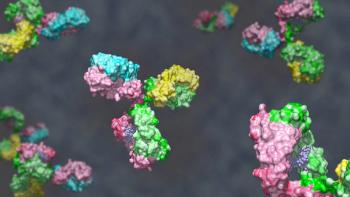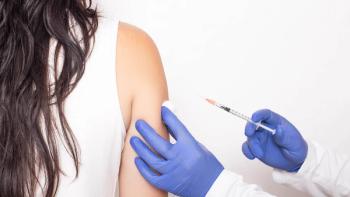
Where Are the Therapeutics to Combat COVID-19?
Scientists and policy makers are looking more sharply at the lag in identifying and producing medicines to moderate early infections and to treat seriously ill patients.
With two innovative vaccines beginning to provide protection against the coronavirus for Americans and people around the world, and more on the way, scientists and policy makers are looking more sharply at the lag in identifying and producing medicines to moderate early infections and to treat seriously ill patients. And the demand for effective therapies has escalated with the emergence of new COVID-19 variants.
Much of the blame for limited progress in this area lies with the lack of collaborative, centralized research programs able to identify and collect valid data on existing and new therapies. Instead, hundreds of researchers and clinicians have launched multiple trials of available drugs, most without adequate controls and size needed to yield useful evidence. Moreover, the focus on developing monoclonal antibodies (mAbs) that are delivered intravenously has created difficulties for patients and providers.
Anthony Fauci, director of the National Institute of Allergy and Infectious Diseases (NIAID), noted in a recent
Moncef Slaoui, former co-director of Operation Warp Speed (OWS), similarly acknowledged the need for mAbs with formulations that permit subcutaneous or intramuscular injection to facilitate outpatient delivery to patients with mild infections. He lamented that the centralized approach for developing vaccines did not work for therapeutics, where multiple researchers have launched hundreds of small trials, most with no controls.
One sign of progress is FDA’s recent authorization of a mAb cocktail from Eli Lilly that features a notably shorter infusion timeframe than other similar treatments. FDA granted
Too many useless trials
Several immune modulators are participating in the collaborative ACTIV-1 IM trial organized by the National Institutes of Health (NIH). More notable is the RECOVERY trial in the United Kingdom, which has yielded important clinical results on potential pandemic therapies, including a recent study showing that the rheumatoid arthritis treatment, Tocilizumab, from Roche can reduce deaths in hospitalized COVID-19 patients when combined with the steroid dexamethasone. Equally important is earlier RECOVERY findings that the much-touted malaria drug hydroxychloroquine was not beneficial.
But aside from a handful of such collaborative studies, most COVID-19 research on potential therapeutics has been sponsored by individual biopharma companies and academic research centers. Janet Woodcock, who has directed OWS therapeutic development this past year on leave from her position as director of the Center for Drug Evaluation and Research (CDER), reports that only 5% of the more than 400 clinical trials underway worldwide could be considered sufficiently “randomized and adequately powered” to achieve statistical significance.
Former FDA Commissioner Rob Califf, now with Verily and Google Health, similarly reported that of thousands of interventional studies to test COVID-19 therapies listed on the ClinicalTrails.gov website, most have just a few sites and have been slow to enroll patients. And many trials continue to study questionable treatments, such as hydroxychloroquine and convalescent plasma.
An
At the CTTI conference, research experts reported on progress in expanding collaborative research programs in the United States, such as NIH’s ACTIV-3 and ACTIV-4 studies and the REMAP-CAP multi-center trial. A group of leading biopharma companies formed the COVID R&D Alliance last summer to collaborate in identifying and testing repurposed and new compounds through platform trials and data sharing. And the emergence of new virus variants is raising the need for more joint efforts, as FDA prepares new guidance to facilitate the testing and modification of vaccines, diagnostics, and therapeutics to combat new pathogens, with an eye to encouraging more productive clinical research methods. Such initiatives aim to address the critical problems that have delayed effective development of COVID-19 treatments so far and to build support for more coordinated centralized clinical testing programs before the next pandemic.
Newsletter
Stay at the forefront of biopharmaceutical innovation—subscribe to BioPharm International for expert insights on drug development, manufacturing, compliance, and more.




